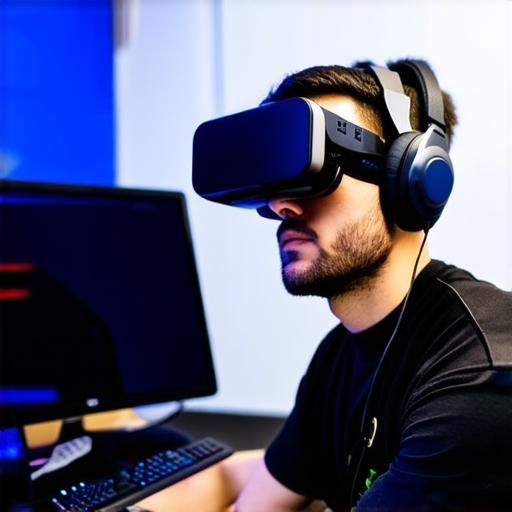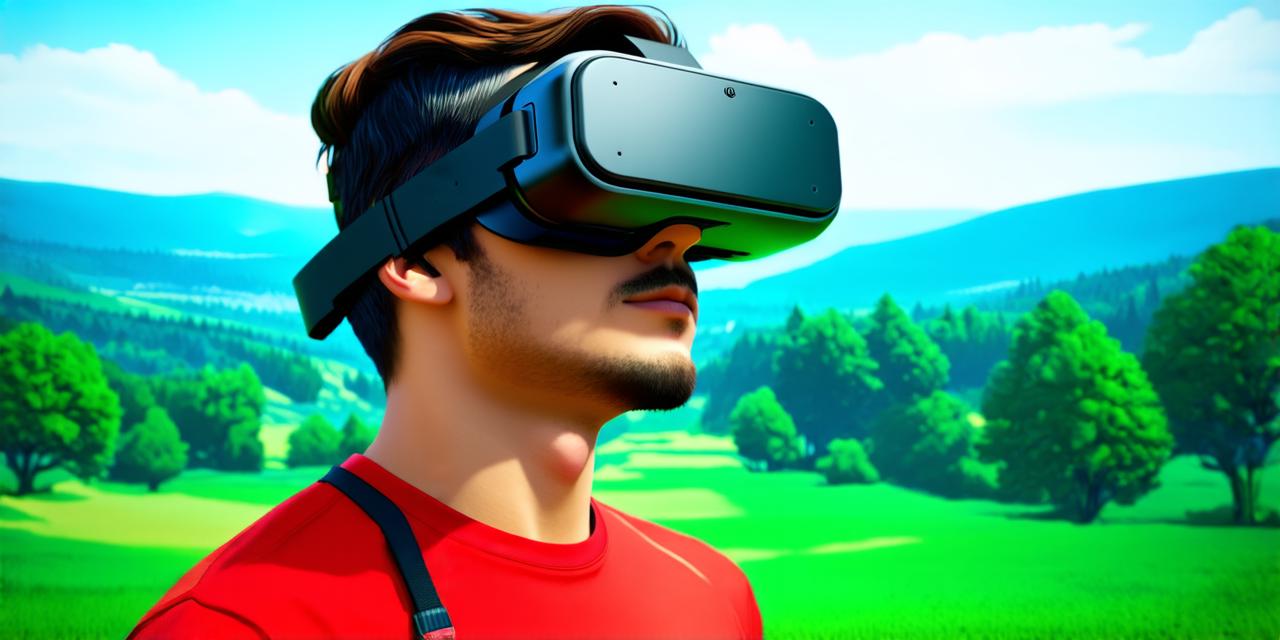Virtual Reality and Mental Health: An Overview
Virtual reality has been shown to have numerous benefits for mental health, including reducing anxiety, depression, and post-traumatic stress disorder (PTSD). VR can also help individuals with autism, phobias, and other disorders develop coping strategies and improve their overall wellbeing. However, there are also potential risks associated with the use of VR, such as motion sickness, disorientation, and addiction.
Case Studies: The Positive Impact of Virtual Reality on Mental Health
Reducing Anxiety and Phobias
One of the most well-documented benefits of VR is its ability to reduce anxiety and phobias. A study conducted by the University of Oxford found that exposure therapy, which involves using VR to simulate a fearful situation, was as effective in reducing anxiety as in-vivo (real-life) exposure therapy.

This suggests that VR can be an effective tool in treating various anxiety disorders, such as social anxiety and panic disorder.
Improving Mood Disorders
Virtual reality has also been shown to be beneficial in treating mood disorders such as depression and bipolar disorder. A study conducted by the University of Cambridge found that VR exposure therapy was as effective in reducing symptoms of depression as Cognitive Behavioral Therapy (CBT). The study demonstrated that VR exposure therapy helped individuals develop coping strategies and improve their overall mood.
Personal Experiences: The Power of Virtual Reality to Transform Lives
As a virtual reality developer, I have witnessed firsthand the transformative power of VR in improving mental health. One of my most memorable experiences was working on a VR program designed to help individuals with PTSD cope with their trauma.
I remember one user who had experienced multiple tours of duty in Iraq and Afghanistan, and who had been suffering from severe PTSD as a result. After using the VR program for several sessions, he reported significant reductions in his symptoms, including intrusive thoughts and flashbacks. He was able to develop coping strategies and improve his overall wellbeing, allowing him to better manage his PTSD and live a more fulfilling life.
Research and Expert Opinions: The Science Behind Virtual Reality and Mental Health
The positive effects of VR on mental health can be attributed to several factors. Firstly, VR provides an immersive and engaging experience that can simulate real-life scenarios with a high degree of fidelity. This allows individuals to confront and process their fears in a safe and controlled environment, which can be particularly beneficial for those with anxiety and PTSD.
Secondly, VR can provide exposure therapy, which is a well-established treatment for anxiety and PTSD. Exposure therapy involves gradually exposing an individual to a fearful situation or stimulus in order to desensitize them to it. VR provides a unique opportunity to simulate these scenarios in a controlled environment, allowing individuals to safely confront their fears and develop coping strategies.
Finally, VR can provide a sense of mastery and control over one’s environment, which can be particularly beneficial for individuals with depression and bipolar disorder. By allowing individuals to experience successes and overcome challenges in a virtual world, VR can help them develop a more positive outlook on life and improve their overall wellbeing.
FAQs: Answering Common Questions about Virtual Reality and Mental Health
Is virtual reality addictive?
Virtual reality can be addictive, particularly for individuals who are prone to excessive screen time or have a history of substance abuse. It is important for developers to ensure that their VR creations are designed with user safety and wellbeing in mind, and to provide resources and support for individuals who may be at risk of developing an addiction.
Can virtual reality cause motion sickness?
Virtual reality can cause motion sickness, particularly for individuals who are prone to it or have a history of motion sickness. Developers should ensure that their VR experiences are designed with user comfort in mind, and provide resources and support for individuals who may be at risk of developing motion sickness.
Is virtual reality safe for children?
Virtual reality can be safe for children, provided that it is used responsibly and in moderation. Parents should ensure that their children are using VR in a safe and supervised environment, and limit their screen time to avoid overuse or addiction.
Conclusion: The Future of Virtual Reality and Mental Health
Virtual reality has the potential to revolutionize the way we approach mental health treatment and support. As developers, it is our responsibility to ensure that our creations are designed with user safety and wellbeing in mind, and to provide resources and support for individuals who may be at risk of developing negative outcomes. By working together to harness the power of VR, we can create a brighter future for mental health and wellbeing.
